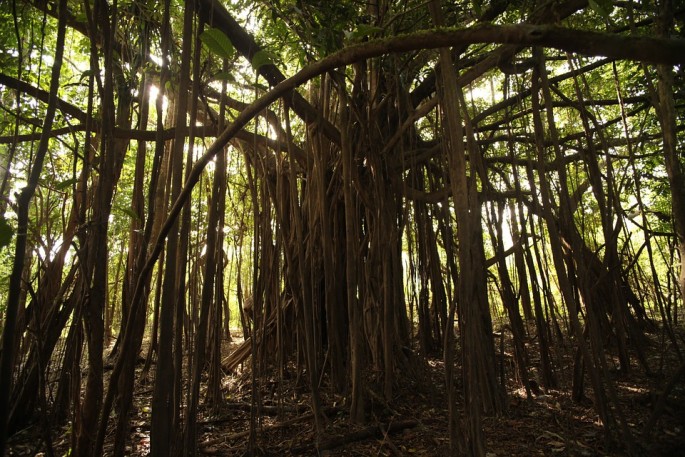A new study reveals how human activities can even place more dangerous risk to the Amazon rainforest, especially wildfires in the forest. Scientists also identify that conservation efforts are not enough to keep harmful human activity at bay, that can result in twice as much losses in biodiversity.
According to lead author of the study, Jos Barlow from the Lancaster Environment Centre at Lancaster University, typically, rainforests do not burn, however, human activities are making them more vulnerable and flammable as well.
Scientists along with environmental groups have been urging for stronger protection to save the Amazon forests from deforestation. The Amazon is also heralded as a hotbed of biodiversity on the planet, which is home to numerous plant and animal species. Currently, the government of Brazil has declared federal protection over large regions of the Amazon.
Apart from massive deforestation, dam building and mining activities also threaten the Amazon where these can affect and contaminate freshwater ecosystems. In this new study, researchers examine the combination of effects from small scale disturbances of human origin such as wildfires, hunting, landscape alteration and selective logging where only specific tree species are cut down and harvested.
Researchers conducted biodiversity sampling within areas of Pará in Brazil, which is a region where major deforestation already occurred. Sampling for this study included plants, dung beetles, birds and other organisms, amounting to about 2,000 species, revealing major losses in biodiversity.
Those who own property in Brazil cannot clear out more than 20 percent of rainforest within their land, according to law. Researchers also say that estates that complied with this law maintained 80 percent of forest cover. Regions that contain biodiversity hotspots revealed significant losses from 39 to 54 percent.
This new study is published in the journal, Global Change Biology.



























